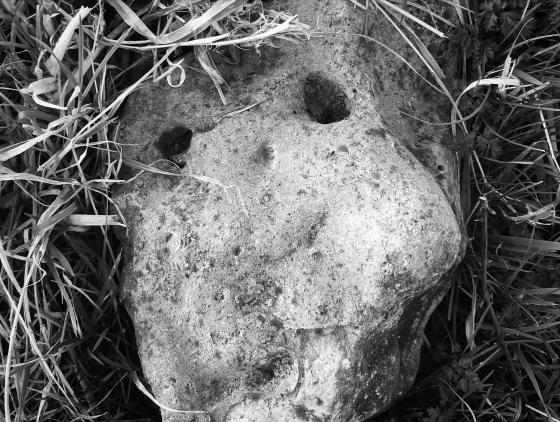The barrow on Hog Cliff Hill isn’t quite at the highest point – so I suspect it’s doing one of those ‘false crest’ tricks so as to be seen from the valley.
Talking of the valley (crafty link there, Rhiannon) – the farm below is called ‘Crockway Farm’. I think this must relate to what this stretch of road was previously called – namely Cromlech Crock Lane. (Thomas Hardy called it Crimmercrock Lane in his writing).
Ah yes – there was a cromlech here – or at least something stoney and prehistoric, allegedly. George Pulman gets a bit carried away with the thought of it, talking about the wails of sacrificial victims mixing with sad dove-coos (?!):
Who can tell what horrid deeds were enacted upon the old stone which for so many centuries lay neglected by the roadside, and which at last was sacrificed to the genius of modern waywardenism!
.. The peasantry [are ignorant of the derivation of the word] which they have elegantly corrupted into ‘Crimmercrock! But many are the traditions descended to them from the remote generations touching the never-to-be-forgotten ‘crock.’ And they are all of a weird and a romantic kind – telling of ‘witches’ with their midnight orgies around the awful stone, upon which was wont to writhe the gasping victims of the witches’ unhallowed spells..
from Local Nomenclature, by George Pulman (1857) p53.










































































































































